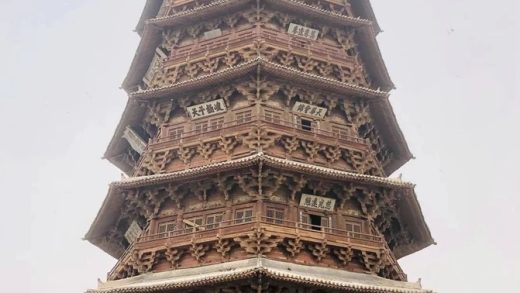A 5 – day Trip to Emei, Leshan, Dujiangyan and Qingcheng Mountains
Introduction
In October, I embarked on a 5 – day parent – child trip to Chengdu, the capital of the “Land of Abundance” which I had long been yearning for. I did my homework in advance and bought air tickets and a travel package on Ctrip on September 30. As a photography enthusiast, I was ready for this semi – free trip.
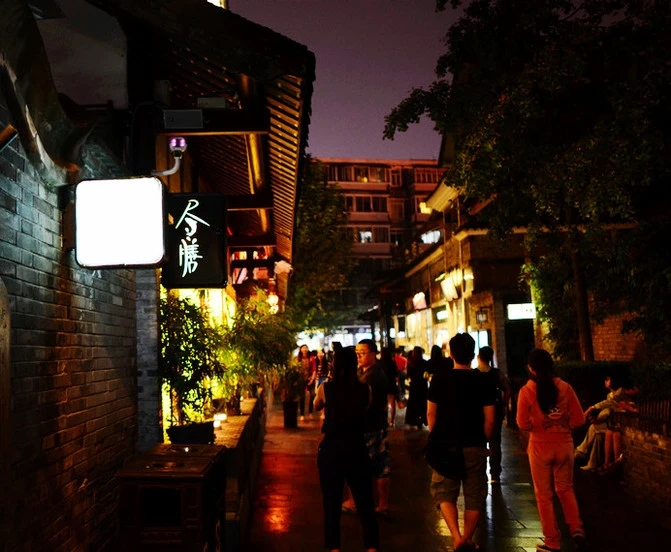
Day 1: Night Tour of Kuanzhai Alleys
After settling in at our accommodation in Kuanzhai Alleys, I started my exploration.
Getting There
I took the Metro Line 2 and as soon as I got off, I saw the cultural relief wall and the Kuanzhai LOGO on a fire truck.
Kuan Alley
Kuan Alley is like the cover and the center of the tour in Kuanzhai Alleys. It represents the essence of Chengdu’s lifestyle. Inside the Old Chengdu Authentic Life Experience Hall, you can see a restored daily life scene of an ordinary Chengdu family in the Republic of China era. The courtyard shows the kitchen, study, living room, and bridal chamber of this family, presenting the old – fashioned Chengdu life. You can also listen to the old – timers chatting, watch girls embroidering Shu brocade, enjoy shadow puppetry, puppet shows at night, and even watch impromptu calligraphy performances. In terms of business, Kuan Alley features boutique hotels, private restaurants, characteristic folk restaurants, special teahouses, unique inns, corporate clubs, and SPA centers, creating a themed consumer area.
Zhai Alley and Jing Alley
Zhai Alley is the “slow – life” area. It combines international business with the most typical Chengdu lifestyle. Here, you can enjoy a leisurely afternoon and feel time stand still. It’s a place where the world – class fashion meets the local charm.
Jing Alley, on the other hand, is the “new – life” area. It’s a trendy and youthful bar district. At night, it becomes the liveliest place in Chengdu, filled with the charm of the city and the beautiful smiles of local girls.
After the tour, I took the subway back to the Wren Boutique Hotel to rest, as I had to go to Dujiangyan and Qingcheng Mountains the next day. Kuanzhai Alleys is located within the inner ring road of Chengdu, with convenient transportation. You can take buses like No.5, 13, 43, etc., or the subway to get here.
Accommodation: Wren Boutique Hotel
The hotel has a unique architectural style that combines dynamism and tranquility. The dynamic part is shown in the detailed decoration with bird – themed elements from the corridor to the guest rooms. The static part lies in the antique quadrangle courtyard with delicate plants and elegant furnishings. Each room has a poetic name. The rooms are mainly decorated with logs, clean and well – equipped with high – end facilities like mattresses from the joint – brand of KingKoil, Kohler bathrooms, and TOTO intelligent toilets. There are also various drinks, snacks, and fruits. The hotel also provides a small open – air balcony where you can overlook Kuanzhai Alleys in the morning. The breakfast is very considerate. The butler will ask about your dining time and preferences and deliver it to your room.
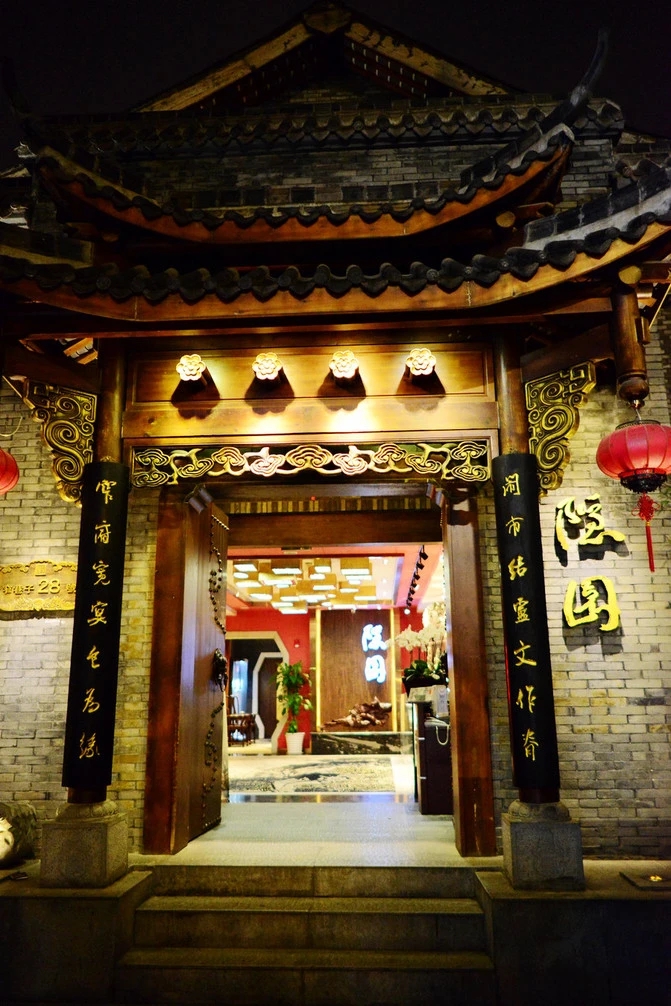
Day 2: Dujiangyan and Qingcheng Mountains
At 6:30 am on October 9, I waited at the hotel entrance. The tour bus arrived as scheduled. There were only 4 people on the bus at first, and it was 8 am when we picked up all the tourists from the city and set off for Dujiangyan and Qingcheng Mountains.
Dujiangyan
Dujiangyan is a large – scale water – conservancy project built in ancient China and still in use today. It’s known as the “originator of world water – conservancy culture” and a famous tourist attraction in Sichuan. It was built around 256 BC by Li Bing and his son, the governor of Shu County in the Qin Dynasty. In 1982, it was listed as a national key cultural relic protection unit, and in 2000, it was included in the World Heritage List along with Qingcheng Mountain. The main parts of the Dujiangyan Irrigation System are the Fish – Mouth Diversion Dam, the Flying Sand Weir, and the Bottle – Neck Inlet. They work together to divide the water flow, control floods, and ensure a stable water supply, with the function of “dividing the water flow into 40% and 60%, and balancing droughts and floods”. After leaving the scenic area, I bought a local cucumber from a farm in Dujiangyan out of curiosity. To be honest, it tasted the same as the cucumbers in Xi’an.
Qingcheng Mountain
After having a group meal at the scenic area of Dujiangyan, we rushed to Qingcheng Mountain, a famous Taoist holy land. Qingcheng Town is located in the national scenic area of Qingcheng Mountain, with a strategic geographical location.
Qingcheng Mountain is a well – known national scenic area with a long history. Since 1986, a large amount of funds have been invested to build attractions such as Yuecheng Lake, cable cars, and various scenic spots like the back mountain area, caves, and historical museums. It has also developed a series of entertainment and tourism service facilities. The scenic area has been rated as a provincial excellent tourist scenic area for many years.
We returned to Chengdu at 9 pm. I had booked a room at the Chengdu Sijikangcheng Hotel through Ctrip in advance. After changing hotels and uploading the photos of the day’s journey, I finally went to bed at 12 am.
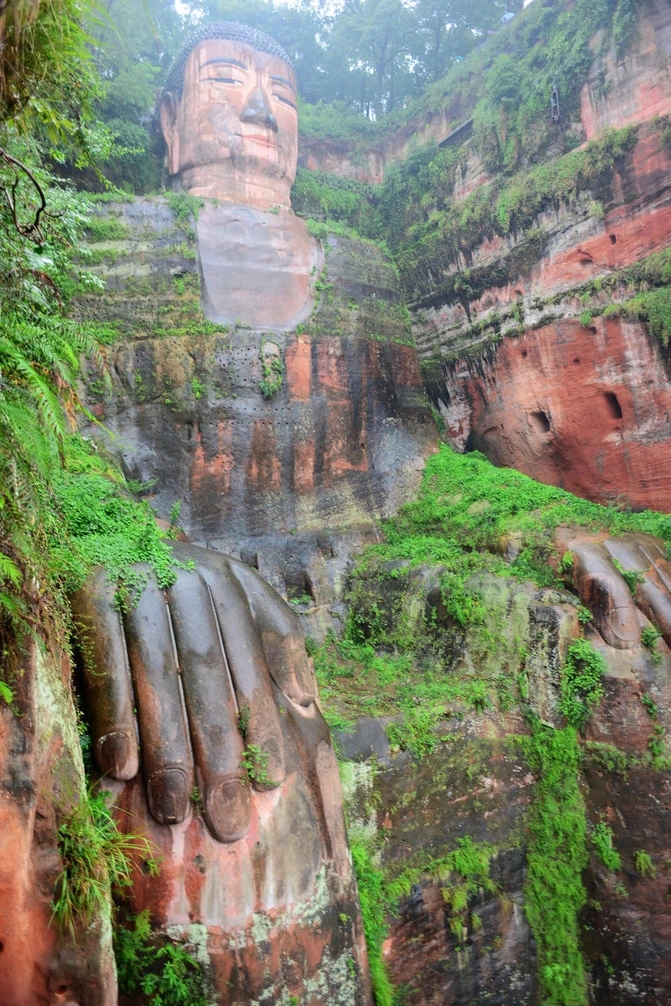
Day 3: Leshan Giant Buddha
On the morning of the 11th, I waited in the hotel lobby at 5:30 am. Unfortunately, it started to rain moderately. But when I got to the departure point, I was shocked to see about 20 – 30 tour buses waiting for tourists.
Leshan Giant Buddha
The Leshan Giant Buddha is located on the cliff of Qixia Peak in Lingyun Mountain at the confluence of the Minjiang, Qingyi, and Dadu Rivers. It’s a sitting statue of Maitreya Buddha, a masterpiece of Tang – Dynasty cliff – carving art and the world’s largest stone – carved Maitreya Buddha. The Lingyun Mountain, Wuyou Mountain, and Guicheng Mountain behind the Buddha form a huge sleeping Buddha.
The Giant Buddha was carved over 90 years during the Tang Dynasty. It sits upright with hands on knees, looking solemn. It is 71 meters tall, with a 14.7 – meter – high head and 7 – meter – high ears. There are also two 10 – meter – tall stone – carved warrior guards on both sides, along with hundreds of niches and thousands of stone carvings, forming a large – scale Buddhist stone – carving art group. There are two ways to visit the Buddha. One is to take a cruise or speedboat from Leshan Port to view the Buddha from the river, which costs 70 yuan and takes about 30 minutes, allowing you to see the whole Buddha and the sleeping Buddha. The other is to approach the Buddha closely along the Nine – Bend Path on the shore, which offers different perspectives.
The best way to view the sleeping Buddha is by taking a cruise, where you can see the amazing sight of the “sitting Buddha within the sleeping Buddha”.
After the tour, the guide arranged for someone to send me to Leshan Bus Station to take the special line back to Chengdu. I arrived in Chengdu at about 6:50 pm, and then had dinner, went back to the hotel, and sent WeChat messages.
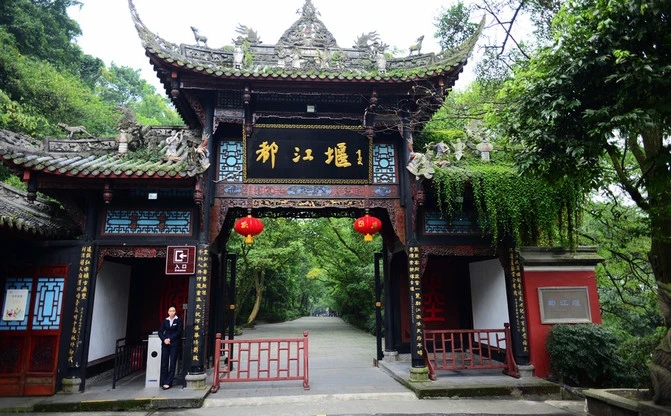
Day 4: Return to Xi’an
After strolling around Chunxi Road, it was already 5:30 pm. I had dinner immediately, then returned to the hotel to check out. I took the airport bus to Shuangliu Airport and boarded China Southern Airlines Flight CZ6434 (Order No. 1095735201), arriving at Xi’an Xianyang Airport at about 10 pm, ending the whole journey.
Although I didn’t go to Emei Mountain and Jiuzhaigou, leaving some regrets makes the trip more memorable.
Read More《我的人文记录,峨眉乐山—都江堰青城山游记》
- Startup Commentary”Building LLMs: The Knowledge Graph Foundation Every AI Project Needs”
- Startup Commentary”The 17th Year of Tmall Double 11 and the New Map Rewritten by AI”
- Startup Commentary”How to Prepare Your Data for Artificial Intelligence”
- Startup Commentary”Small and Medium-sized Banks: “Cutting the Tail” in Loan Assistance”
- Startup Commentary”The Six AI Giants on Stage: AGI Is No Longer a “Future” Thing”




